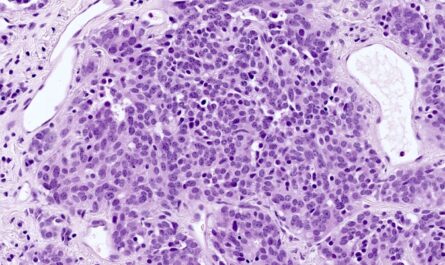A recent study led by the University of Maryland’s Quynh Nguyen, an associate professor of epidemiology and biostatistics, and her twin sister Thu Nguyen, also an associate professor at the university, sheds new light on the correlation between neighborhood characteristics and health outcomes. The researchers analyzed data from the Utah Population Database and Google Street View to examine the relationship between siblings’ living environments and their health status.
Using Google Street View, the team collected and analyzed over 1.4 million images of Utah’s main streets, extracting neighborhood features such as greenery, sidewalks, and non-single-family homes, which are indicators of walkability and mixed land use. They then merged this data with health statistics, including diabetes diagnoses and obesity incidence, from the state’s population database.
The study, published in the June issue of SSM—Population Health, revealed that positive built environment characteristics were associated with a 15%-20% reduction in obesity and diabetes rates across all three samples, which included nearly 2 million people, 1 million siblings, and 14,000 identical and fraternal twins.
Quynh Nguyen, the study’s first author, acknowledged the challenges of observational neighborhood research. “People will counter by saying, ‘It’s not the neighborhoods that matter; it’s actually the composition of neighborhood residents,'” she said. However, the researchers believe that understanding the interplay between place-based and individual-level effects is crucial.
Future studies could explore the impact of factors like income inequality and unequal access to desirable neighborhoods on health, as well as the historical policies and biases that influence people’s residential choices. The Nguyens plan to analyze Google Street View images from Washington, D.C., between 2007 and 2022 to examine how changes to the environment, such as gentrification and segregation, correspond with changes in neighborhood population health over time.
The study adds to the growing body of research on the importance of neighborhood features in promoting physical activity and overall health. By examining the relationship between siblings and their living environments, the researchers hope to provide valuable insights into the complex interplay between place and health.
*Note:
1. Source: Coherent Market Insights, Public sources, Desk research
2. We have leveraged AI tools to mine information and compile it



